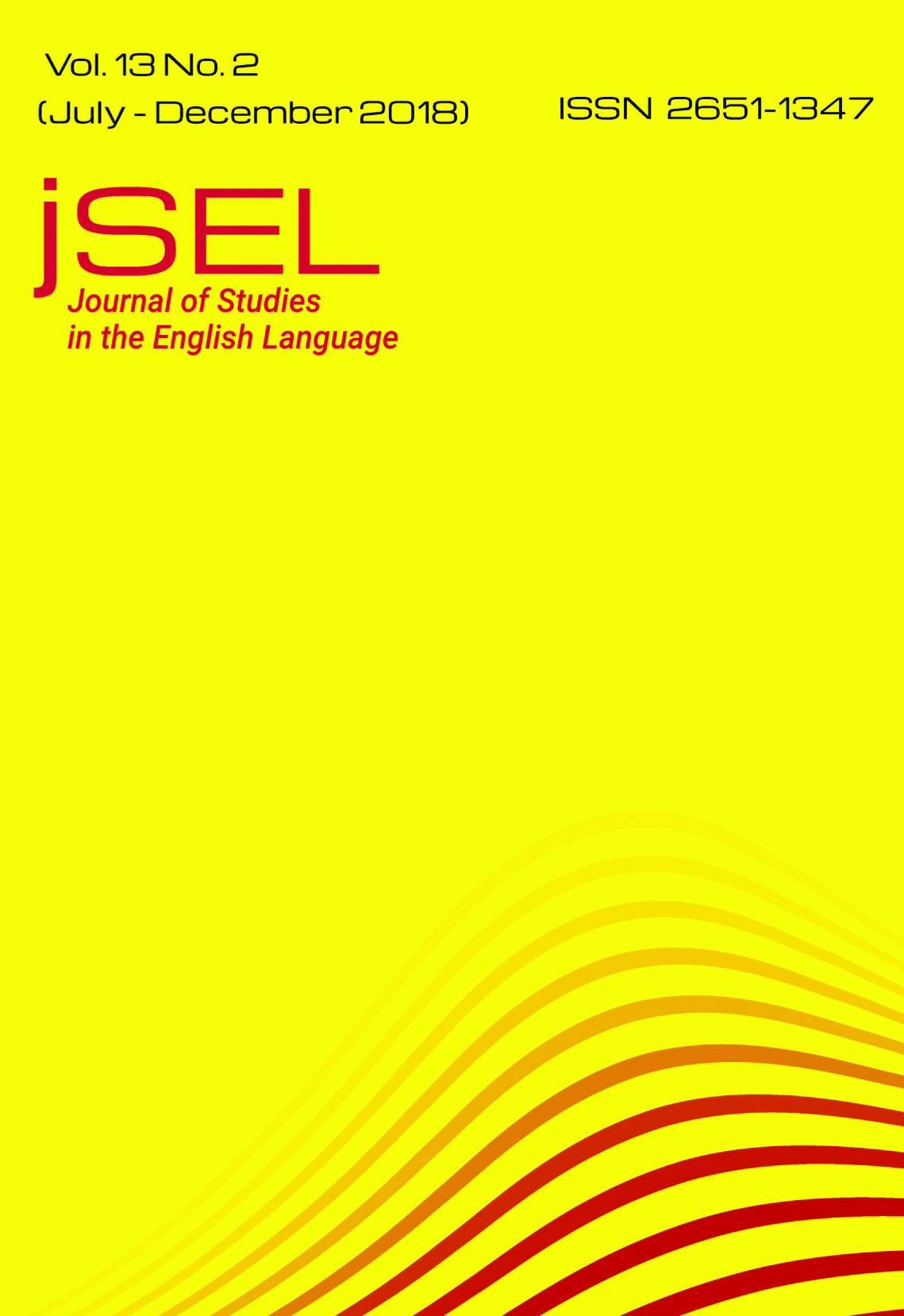Dealing with Cognitive Saturation in the English to Thai Simultaneous Interpreting of Quantity Numbers
Main Article Content
Abstract
Simultaneous interpreting is a task requiring high degrees of concentration and use of effort. It has been postulated that the three efforts involved in simultaneous interpreting are listening and analysis, use of short term memory, and speech production. The interpreter must manage these three efforts in a way that the simultaneous use of the efforts does not exceed his cognitive saturation level, after which his attempts to produce a good interpretation will fail. Additionally, it has been suggested that message density is a possible problem trigger in simultaneous interpreting while another probable cause for failure may be the absence of immediate lexical equivalents in the source and target languages. In the English to Thai simultaneous interpreting context, quantity numbers(sums) are known to be a problem trigger because they are dense in meaning and because certain magnitude numbers cannot be interpreted by mere replacement of a word in the source language with its pair in the target language, but require an additional analytical step. This paper will provide a detailed analysis of the above issues, suggest the use a technique/tool as a possible solution, and discuss the initial findings of a research on the use of mixed method note-taking among beginner level interpreting students. Research findings showed improvement in the subjects’ ability to simultaneously interpret sums from English to Thai after employing the mixed method note-taking for the interpreting of quantity numbers.
Article Details
References
Alessandrini, M. S. (1990). Translating numbers in consecutive interpretation: An experimental study. The Interpreters’ Newsletter, 3, 77-80.
Braun, S., & Clarici, A. (1996). Inaccuracy for numerals in simultaneous interpretation: Neurolinguistic and neuropsychological perspectives. The Interpreters’ Newsletter, 7, 85-102.
Gentile, A., Vasilakakos, M., & Ozolins, U. (1996). Liaison Interpreting. Melbourne: Melbourne University Press.
Gile, D. (1999). Testing the Effort Models’ tightrope hypothesis in simultaneous interpreting- a contribution. Hermes, 23, 153-172.
Gile, D. (2001). Consecutive vs. simultaneous: Which is more accurate?. Interpretation Studies, 1, 8-20.
Gile, D. (2009). Basic concepts and models for interpreter and translator training. Amsterdam: Benjamins.
Gillies, A. (2014). Note-taking for consecutive interpreting- a short course. New York, NY: Routledge.
Mazza, C. (2001). Numbers in simultaneous interpretation. The Interpreters’ Newsletter, 11, 87-103.
Moser-Mercer, B. (1985). Screening potential interpreters. Meta, 30(1), 97–100.
Nolan, J. (2012). Interpretation: Techniques and exercises (2nd ed.). Bristol: Multilingual Matters.
Pöchhacker, F. (2016). Introducing interpreting studies (2nd ed.). New York, NY: Routledge.
Seeber, K. G., & Kerzel, D. (2012). Cognitive load in simultaneous interpreting: Model meets data. International Journal of Bilingualism, 16(2), 228-242. doi/abs/10.1177/1367006911402982.
Setton, R., & Dawrant, A. (2016). Conference Interpreting: A trainer’s guide. Amsterdam: Benjamins.
Tepintrapirak, P. (2016). Coping with Numbers in English-to-Thai Simultaneous Interpretation (Unpublished Master’s Thesis). Chulalongkorn University, Bangkok.


